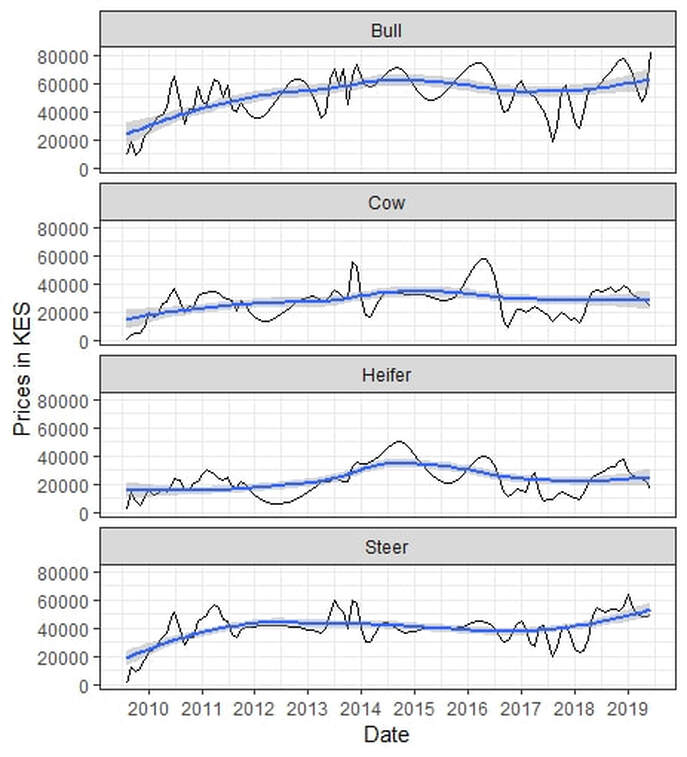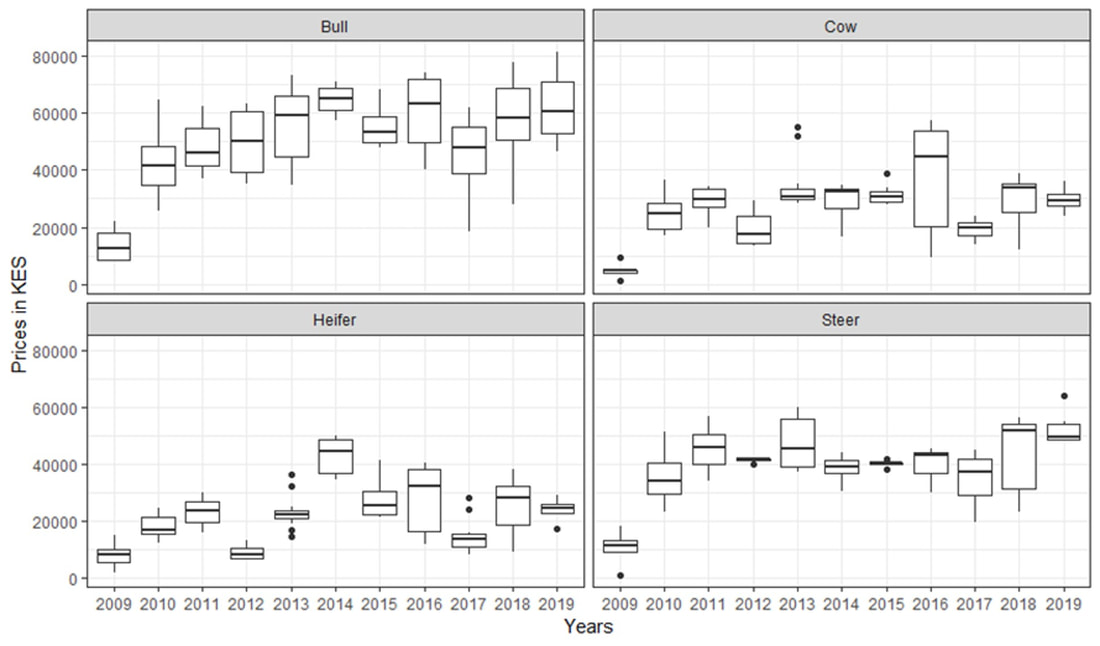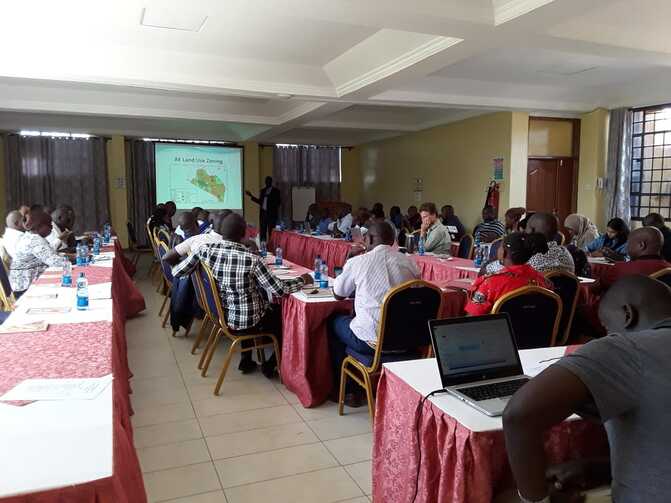 Figure 1: Average livestock market prices in eastern Kajiado showing a steady recovery after the 2009 drought and fluctuations with subsequent dry periods.
Figure 1: Average livestock market prices in eastern Kajiado showing a steady recovery after the 2009 drought and fluctuations with subsequent dry periods. The livestock market in eastern Kajiado has steadily recovered after the near collapse in 2009 owing to the debilitating drought that led to losses of cattle, sheep, goats and donkeys. Prices fell below 1,000 Kenya shillings for a bull too weak to walk and surged to 90,000 Kenya shillings with the drought breaks (Figure 1). Amboseli Conservation Program monitors livestock market prices on a monthly basis and is in the process of modelling economic losses due to droughts and the gains when herders sell off their livestock early enough before periods of extreme forage shortfall.
A calibration of livestock prices based on monthly data collected in the ecosystem from 2009 to 2019 shows that the average prices for bulls in 2009 were in the red (Figure 2) falling 80.1 percent below the maximum expected market price. The market recovered steadily up to 2014 with arrival of widespread rainfall and oscillated with seasonality thereafter.
The early warning model can guide herders on when to sell off their livestock based on forage conditions and market forces, while estimating economic losses due to extreme drought.



 RSS Feed
RSS Feed
